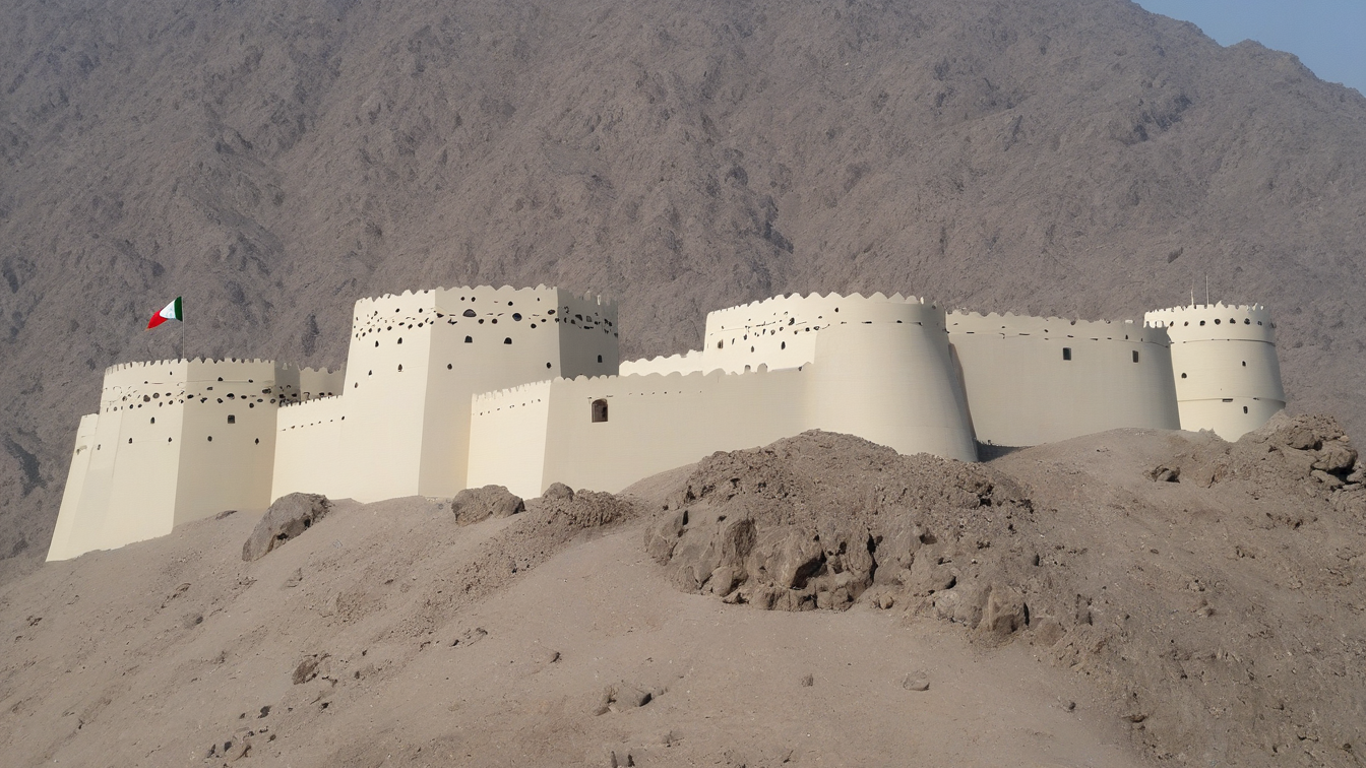 Cultural Venues
Cultural Venues
Fujairah Fort: Complete Guide to the UAE's Most Historic Fortress
The Timeless Guardian of Old Fujairah
Perched majestically on a 20-meter rocky hill overlooking the ancient city of Fujairah, Fujairah Fort stands as a testament to the region's rich heritage and strategic importance. This remarkable fortress, covering an impressive 610 square meters, has witnessed centuries of history unfold within its weathered walls.
Unlike the gleaming skyscrapers of modern Dubai, Fujairah Fort transports visitors to a bygone era where survival depended on strategic positioning, architectural ingenuity, and unwavering determination. The fort's distinctive reddish-brown hue, created from local materials including stones, mud, hay, and plaster, changes from deep orange to light brown as the sun moves across the desert sky.
A Journey Through Five Centuries of History
Origins and Early Construction (16th Century)
The exact origins of Fujairah Fort remain shrouded in mystery, adding to its allure for history enthusiasts and travelers alike. Radiocarbon dating has revealed that the fort was constructed around 1500-1550 CE, during a period of significant Portuguese influence in the region. Some historians believe the Portuguese built this fortress as part of their strategic network along the Indian Ocean and Arabian Gulf, while others suggest it was constructed by the local ruling family as a defensive stronghold.
What makes this fortress truly remarkable is its construction using entirely local materials. Ancient craftsmen utilized rocks, gravel, mud, and hay, binding them together with traditional plasters. Wooden elements came from nearby mangrove forests and palm groves, creating a structure that was both formidable and harmonious with its natural surroundings.
The Wahhabi Occupation (1808-1810)
One of the most dramatic chapters in Fujairah Fort's history occurred during the early 19th century when Wahhabi forces occupied the fortress for two years. This period marked significant upheaval in the region, as the Wahhabis took control of several forts along the Eastern Coast. The local tribes eventually reclaimed their stronghold, but this occupation left an indelible mark on the fort's legacy.
British Naval Bombardment (1925)
The fort's most traumatic moment came in 1925 when British naval forces, as part of their anti-slavery policy enforcement, bombarded the structure. HMIS Lawrence destroyed three of the fort's towers, resulting in substantial damage and the subsequent abandonment of this historic site. This event marked the end of the fort's active use as a defensive structure and royal residence.
Architectural Marvel: Design and Structure
Fujairah Fort showcases remarkable medieval Islamic military architecture adapted to local conditions and materials. The fortress features an irregular ground plan that follows the natural contours of the rocky outcrop upon which it stands, demonstrating the builders' ingenious adaptation to the challenging terrain.
The Tower System
The fort's defensive capabilities centered around its strategic tower system. Originally, the fortress boasted four towers - three round watchtowers and one square tower that likely served as the main keep. These towers provided commanding views over the surrounding landscape, enabling defenders to spot approaching threats from great distances.
After the 1925 British bombardment, only one tower remained intact. However, the restoration project completed between 1998-2000 carefully rebuilt the damaged structures using traditional materials and methods, ensuring historical authenticity while making the site accessible to modern visitors.
Interior Spaces and Functionality
Within the fort's thick walls, visitors can explore various rooms that served different purposes throughout the centuries. The central courtyard provided a gathering space for ceremonies and daily activities, while specialized rooms included living quarters for the ruling family, storage areas for weapons and supplies, and even a madbasa (date pressing room) for producing date syrup.
One of the most intriguing features was the prison tower, a common element in regional forts that housed captured enemies and lawbreakers. These spaces now serve as fascinating glimpses into the judicial and security systems of medieval Arabia.
The Great Restoration: Bringing History Back to Life
After decades of neglect following the 1925 bombardment, Fujairah Fort underwent one of the UAE's most extensive conservation efforts. Beginning in 1997, the Fujairah Administration of Antiquity and Heritage embarked on an ambitious three-year restoration project that would authentically restore the fort to its former glory.
Led by engineers and archaeologists working in close collaboration, the restoration team meticulously documented every stone and structural element. They used traditional materials identical to those employed by the original builders - local stones, mud, hay, and plasters - ensuring that the restored fort would maintain its historical integrity.
The project, completed in 2000, not only restored the physical structure but also created interpretive spaces that help modern visitors understand the fort's historical significance and the daily lives of its former inhabitants.
Exploring the Heritage Village: A Living Museum
Surrounding Fujairah Fort lies a carefully reconstructed Heritage Village that provides context for understanding life in historical Fujairah. This remarkable outdoor museum features over 40 restored mudbrick houses that once formed the village community centered around the fort.
These traditional houses, built using ancient construction techniques with clay mixed with straw and cured under the desert sun, offer visitors authentic insights into Emirati domestic architecture and lifestyle. Some houses now serve as exhibition spaces displaying traditional crafts, while others remain empty, allowing visitors to appreciate the simple elegance of historical Arabian architecture.
The Al Yazrah Irrigation System
One of the Heritage Village's most educational features is the sample Al Yazrah irrigation system, which demonstrates the ingenious water management techniques developed by Emirati farmers. This ancient system enabled agricultural survival in the harsh desert environment, supporting the date palm oases that were crucial to the fort's strategic value.
Visiting Fujairah Fort: Practical Information
Location and Access
Fujairah Fort is conveniently located in Old Fujairah, approximately 2 kilometers from the modern city center. The fort sits majestically on its rocky hill, visible from considerable distances and easily accessible via a paved path that begins at a main roundabout.
Opening Hours and Fujairah Fort Ticket Information
What to Expect During Your Visit
A typical visit to Fujairah Fort requires approximately 1-2 hours, depending on your interest in historical details and photography. The experience begins with exploring the ground-level rooms and central courtyard, followed by climbing to the fort's upper levels and roof for breathtaking panoramic views.
From the fort's elevated position, visitors enjoy stunning vistas encompassing the modern city of Fujairah, the sparkling waters of the Gulf of Oman, and the rugged beauty of the Hajar Mountains. These views provide excellent opportunities for photography and help visitors appreciate the fort's strategic positioning.
Nearby Historic Attractions: Extending Your Heritage Journey
Bithnah Fort Fujairah: Another Medieval Marvel
Bithnah Fort Fujairah, also known as Bithna Fort Fujairah, represents another essential stop for fortress enthusiasts visiting the region. Located approximately 13.5 kilometers northwest of Fujairah city in Wadi Ham, this strategic fortress was built in the mid-18th century as a response to Wahhabi invasions.
Bithnah Fort Fujairah offers a more adventurous experience than its famous counterpart, requiring visitors to navigate off-road terrain through a riverbed to reach the entrance. This approach adds an exciting "Indiana Jones" element to the visit, rewarding intrepid travelers with spectacular mountain views from the fort's watchtower.
The fort's rectangular ground plan features two sturdy round corner towers overlooking the wadi, providing commanding views over the historic trade route that connected coastal Fujairah with the interior regions through the Hajar Mountains. Like Fujairah Fort, Bithnah Fort Fujairah offers free admission and operates similar visiting hours.
Al Bidya Mosque: The UAE's Oldest Islamic Site
No visit to Fujairah's historic sites would be complete without experiencing Al Bidya Mosque, located approximately 40 kilometers north of Fujairah Fort. This remarkable structure, dating to 1446 AD, held the distinction of being the UAE's oldest mosque until the 2018 discovery of 1000-year-old mosque ruins in Al Ain.
The mosque's unique architecture features four unequal domes supported by a single central pillar, creating an engineering system found nowhere else in the region. Built from stones and mud bricks coated with whitewashed plaster, this small but significant structure continues to serve worshippers while welcoming respectful visitors.
The Best Times to Visit Fujairah Fort
Seasonal Considerations
The optimal time for visiting Fujairah Fort extends from October through March, when cooler temperatures make outdoor exploration more comfortable. During these months, daytime temperatures typically range from pleasant to warm, allowing visitors to fully appreciate both the fort and its surrounding Heritage Village without the intense heat of summer.
Daily Timing Recommendations
For the most rewarding experience, consider visiting Fujairah Fort during late afternoon hours. This timing allows you to explore the fortress in comfortable lighting conditions while positioning yourself perfectly for spectacular sunset views from the fort's elevated vantage points. After sunset, the fort's illumination creates a magical atmosphere that's particularly photogenic.
Photography and Social Media Opportunities
Fujairah Fort provides numerous opportunities for stunning photography, from detailed architectural shots highlighting the ancient stonework and Islamic design elements to sweeping panoramic views encompassing the fort, city, and coastline. The changing light throughout the day creates different moods and colors, with the fort's walls shifting from deep orange to light brown as the sun moves across the sky.
The Heritage Village surrounding the fort offers additional photographic subjects, including traditional architecture, restored interiors, and cultural artifacts that help tell the story of historical Emirati life.
Planning Your Fujairah Heritage Adventure
Transportation Options
Reaching Fujairah Fort from Dubai or other major UAE cities is straightforward via well-maintained highways. The drive from Dubai takes approximately 1.5-2 hours, making it perfect for a day trip or weekend adventure. Rental cars provide the greatest flexibility for exploring multiple historic sites in the region.
Combining Multiple Attractions
Many visitors combine their Fujairah Fort experience with other regional attractions, creating comprehensive heritage tours. Popular combinations include visiting Bithnah Fort Fujairah, Al Bidya Mosque, Fujairah Museum, and the scenic Friday Market in Masafi village.
Accommodation Recommendations
Fujairah offers various accommodation options, from luxury beach resorts along the coast to comfortable city hotels near the historic sites. Many visitors choose to stay overnight to fully appreciate the region's attractions without rushing.
Cultural Significance and Modern Relevance
Fujairah Fort represents far more than an impressive historical structure - it embodies the resilience, ingenuity, and cultural continuity of the Emirati people. The fort's survival through centuries of conflict, natural challenges, and political changes demonstrates the enduring value of preserving cultural heritage.
Today, the fort serves educational and cultural functions, hosting special events including traditional Emirati celebrations, cultural festivals, and even contemporary events like the Arabian Horse Beauty Championships. These activities help maintain the fort's relevance while introducing new generations to their heritage.
Tips for International Visitors
Cultural Sensitivity
When visiting Fujairah Fort and other religious or cultural sites in the region, dress modestly and respectfully. While the fort itself has no specific dress requirements, nearby mosques may have stricter guidelines, and conservative attire shows respect for local customs.
Physical Considerations
Exploring Fujairah Fort involves climbing steep staircases and navigating uneven surfaces. Comfortable walking shoes are essential, and visitors should be prepared for moderate physical activity. The fort's elevated position and multiple levels require a reasonable level of fitness.
Weather Preparedness
Bring sun protection including hats, sunscreen, and plenty of water, especially during warmer months. The desert climate can be deceiving, and proper hydration is crucial for enjoying your visit.
Future Developments and Conservation
The UAE government continues investing in heritage preservation and cultural tourism development. Future plans for the Fujairah Fort area may include enhanced visitor facilities, expanded museum spaces, and improved interpretive materials to further enrich the visitor experience while maintaining the site's historical authenticity.
These developments reflect the UAE's commitment to preserving its pre-oil heritage while making it accessible and meaningful to contemporary audiences, both local and international.
Ready to Explore UAE's Historic Heart?
Have you visited Fujairah Fort or other historic UAE sites? Share your experiences and photos with fellow travelers! Your insights help others discover the rich cultural treasures that make the UAE such a fascinating destination beyond its modern marvels.
Start planning your heritage adventure today - Fujairah Fort awaits with five centuries of stories to tell!

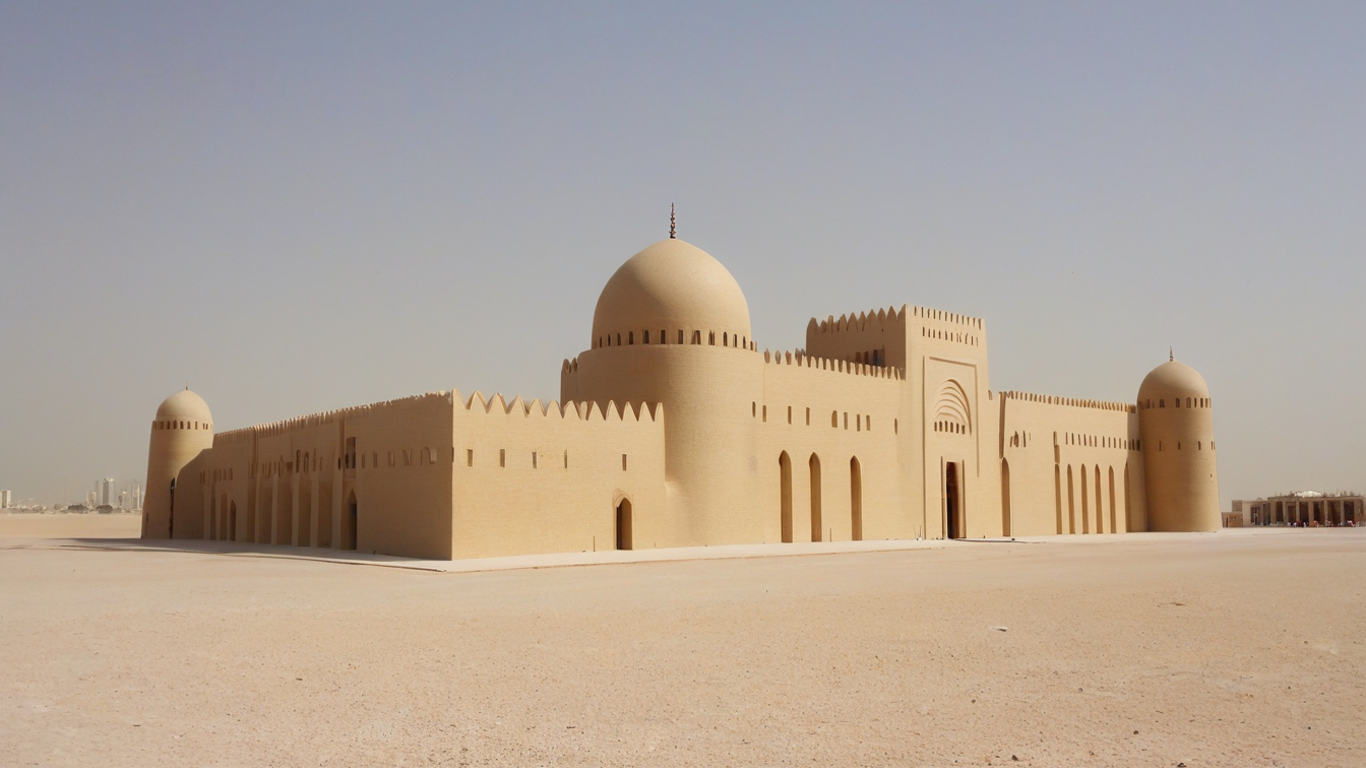
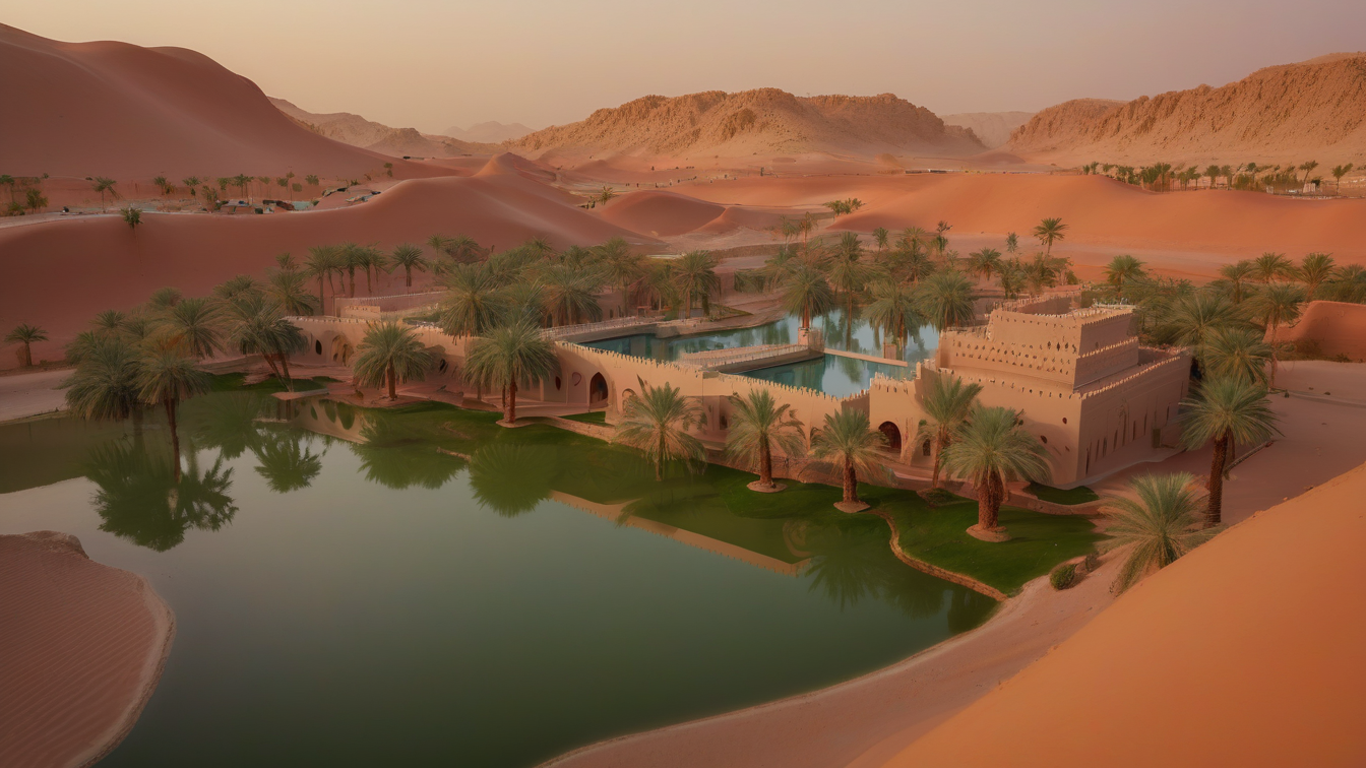

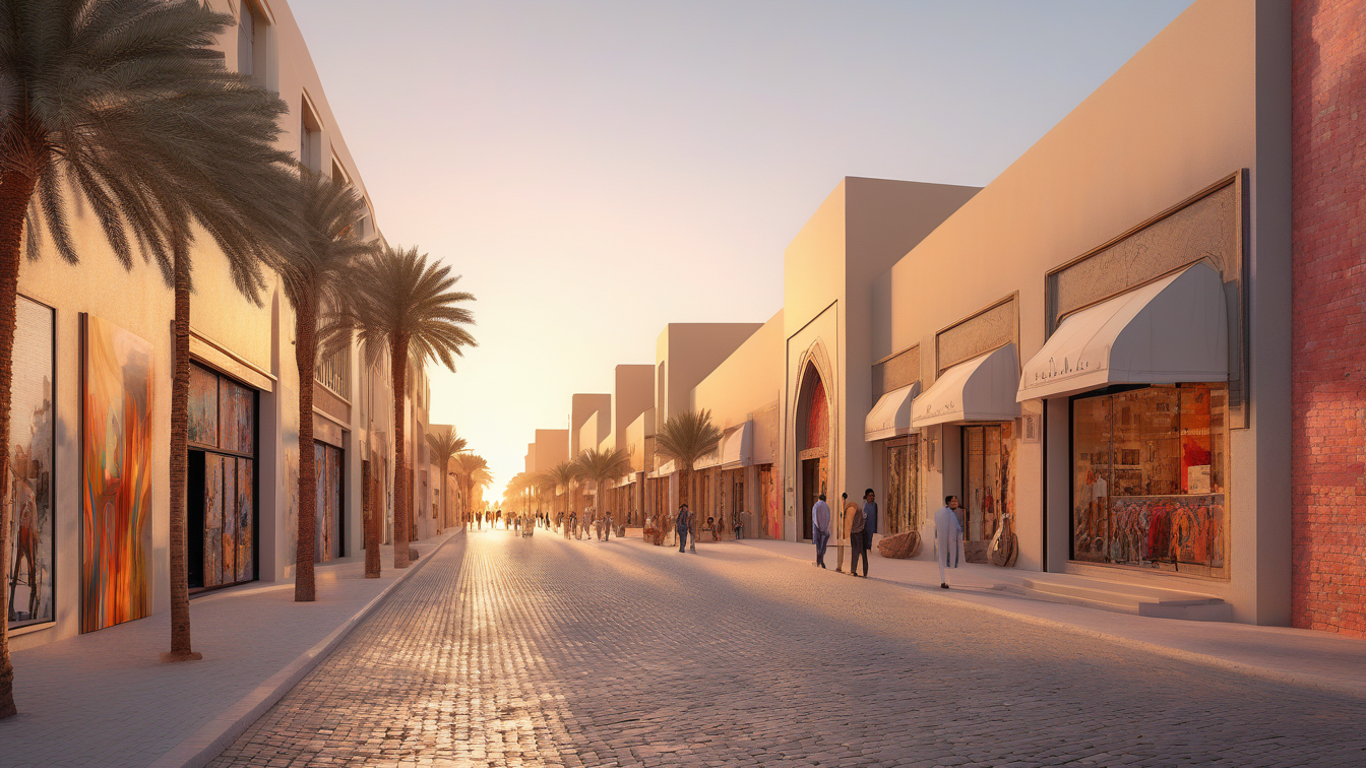

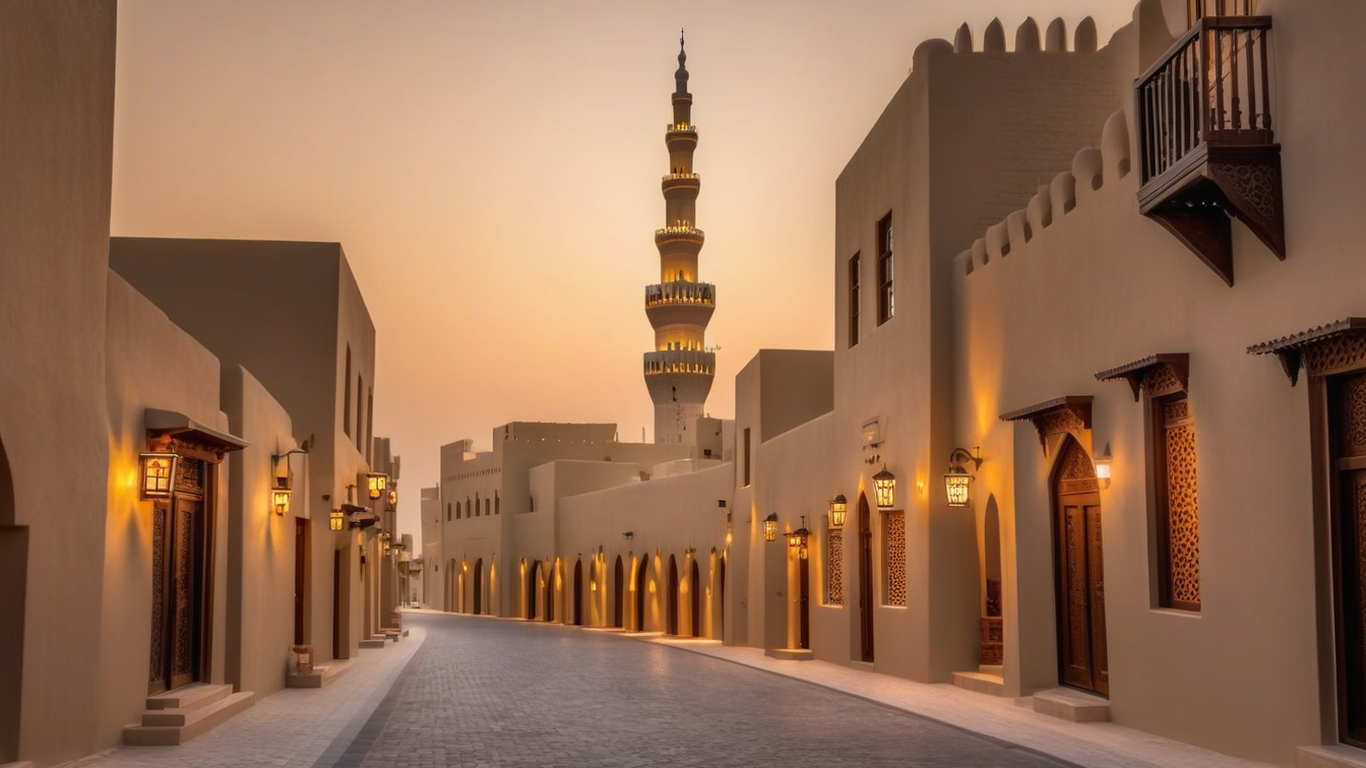


Comments (0)
{{ obj.comment_user_info.fullname }}
{{ obj.date_formatted }}{{ expandedComments[index] ? obj.comment : obj.comment.slice(0, 50) + (obj.comment.length > 50 ? '...' : '') }}
Add Comments
Login to comment